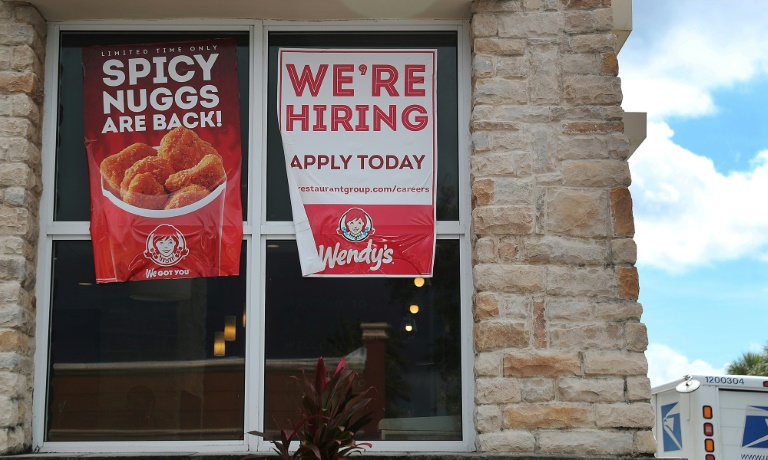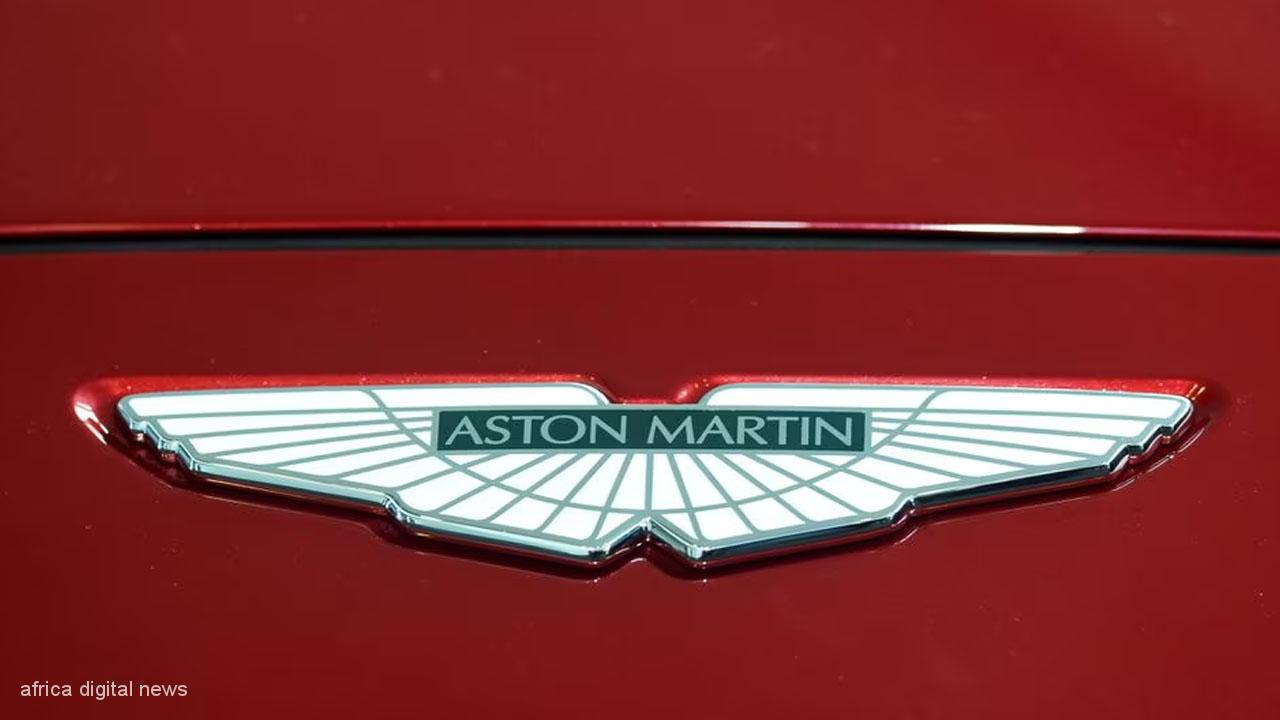America’s solid job creation continued in December but gains in for 2019 were the lowest in eight years, according to the closely-watched government report released Friday.
After a decade of rising employment, hiring last year slowed notably from the brisk pace seen in 2018: With 2.1 million jobs created, that made 2019 the weakest year since 2011, according to the Labor Department data.
The economy added an average of 175,000 new positions a month last year, a sharp drop from the 225,000 monthly average in the prior year.
The decline — which is not unusual after such a long stretch of brisk hiring — still could tarnish President Donald Trump’s economic record as he battles to win re-election in November.
In the final month of the year, the US jobs engine added another 145,000 new positions, the slowest pace in seven months and a bit short of economists’ expectations.
The unemployment rate held steady at 3.5 percent, remaining at a 50-year low, according to the report.
The ailing manufacturing sector, driven into recession by Trump’s multi-front trade wars and a sluggish global economy, shed workers for third time in 2019.
Read Also: US Reveals Who Shot Ukrainian Airliner In Iran
But retailers, hotels, bars, restaurants, education, construction and health care led hiring last month, showing the resilience of America’s dominant service sector.
Worker pay was a disappointment, rising only 2.9 percent compared to December 2018 — the first time that measure has fallen below three percent since July 2018.
That still put wage gains well above consumer inflation for the period, leaving workers with more cash to spend.
– Will unemployment keep falling? –
 AFP /US unemployment
AFP /US unemploymentAs US growth slowed in 2019, persistent consumer spending has been a mainstay of the world’s largest economy, but economists say it could weaken if the labor market begins to falter.
The total labor force — the sum of those people working or actively looking for work — grew a touch more quickly than job creation in December, something that could cause unemployment to begin to rise if it becomes a trend.
“The labor market performance continues to provide a solid foundation for the main pillar of growth: consumer spending,” Oxford Economics’ analysts said in a commentary.
“However, as we look into 2020, lingering global headwinds, policy uncertainty and cautious businesses are likely to restrain labor demand amid an increasingly tight labor market.”
The solid hiring seems unlikely to change the Federal Reserve’s assessment that the economy does not need additional stimulus for now.
Fed policymakers have repeatedly said interest rates at the moment are in a “good place” after three cuts in a row during the latter half of 2019, and they would only reconsider if something materially changes the economic outlook.
However, economist Ian Shepherdson of Pantheon Macroeconomics sees the potential for interest rate increases by the Fed, since businesses “appear to have overestimated the real impact of the trade war” on hiring.
“If we’re right, the unemployment rate will keep falling, heading towards 3% by the end of the year,” he said, adding that “we’d expect to see the Fed talking about higher rates, not easing.”
Several sectors had an obvious slowdown in 2019: after adding 216,000 workers in 2018, the transportation and warehousing industry took in just 57,000 during all of last year.
Hiring in professional and business services and manufacturing also tumbled last year.
The figures released Friday also showed women may now be in the slight majority among American workers, holding a fraction more than 50 percent of all jobs.
Wall Street was briefly lifted by the numbers but sank later in the day, driven lower in part by crisis-stricken Boeing, closing the day in the red.
AFP NEWS










